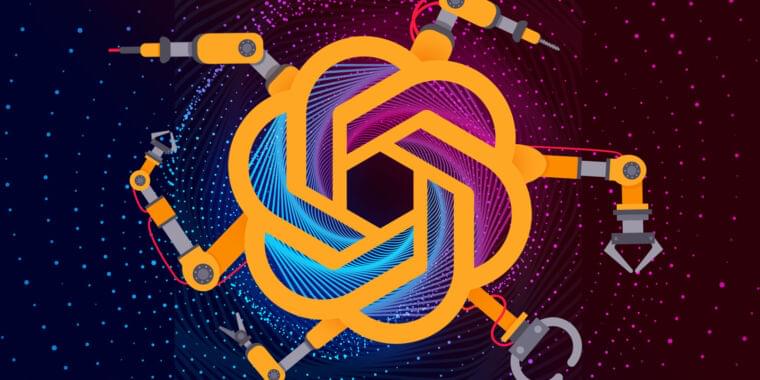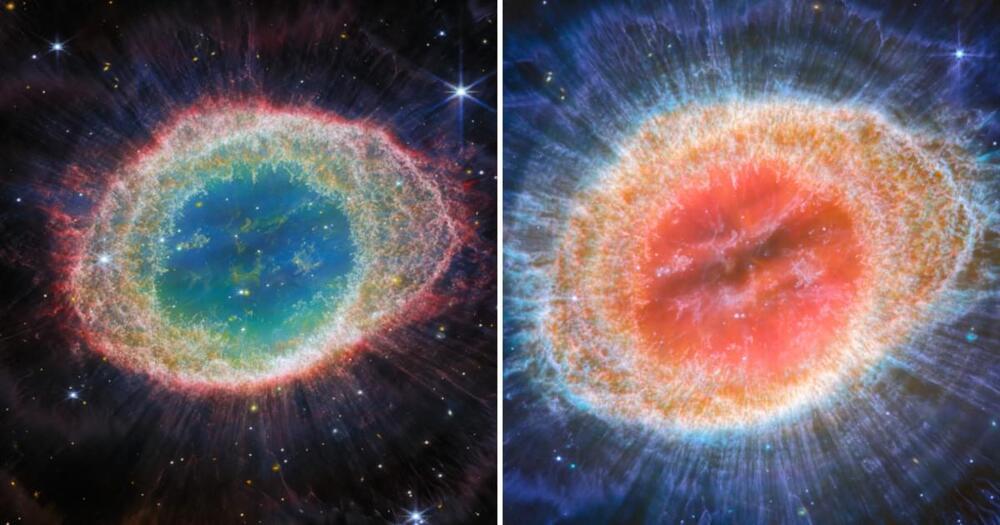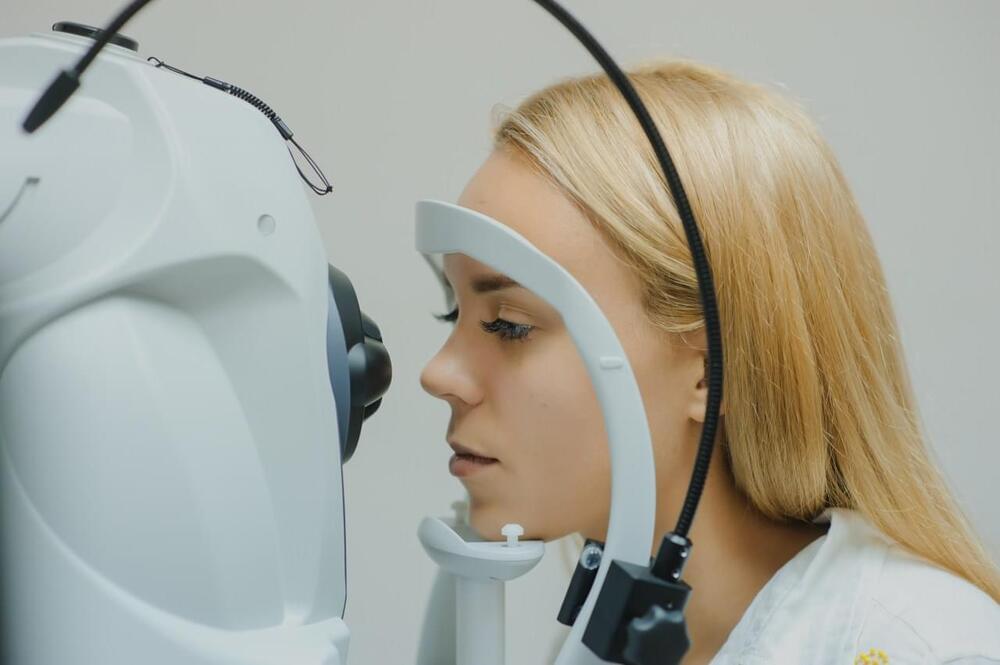Recycling is now cheaper than mining.
Sandy visits the teams at RecycLiCo Battery Materials and Kemetco Research for an in-depth discussion on battery recycling and a tour of a facility that’s making this dream a reality.
Purchase the book here: https://www.routledge.com/Hydrometallur-gical-Recycling-of-L…1032216027
We would really appreciate it if you subscribe to our channel. The more subscribers we have, the more opportunities and teardowns we will be able to bring to you!
Sandy on X/Twitter: @teardowntitan.






